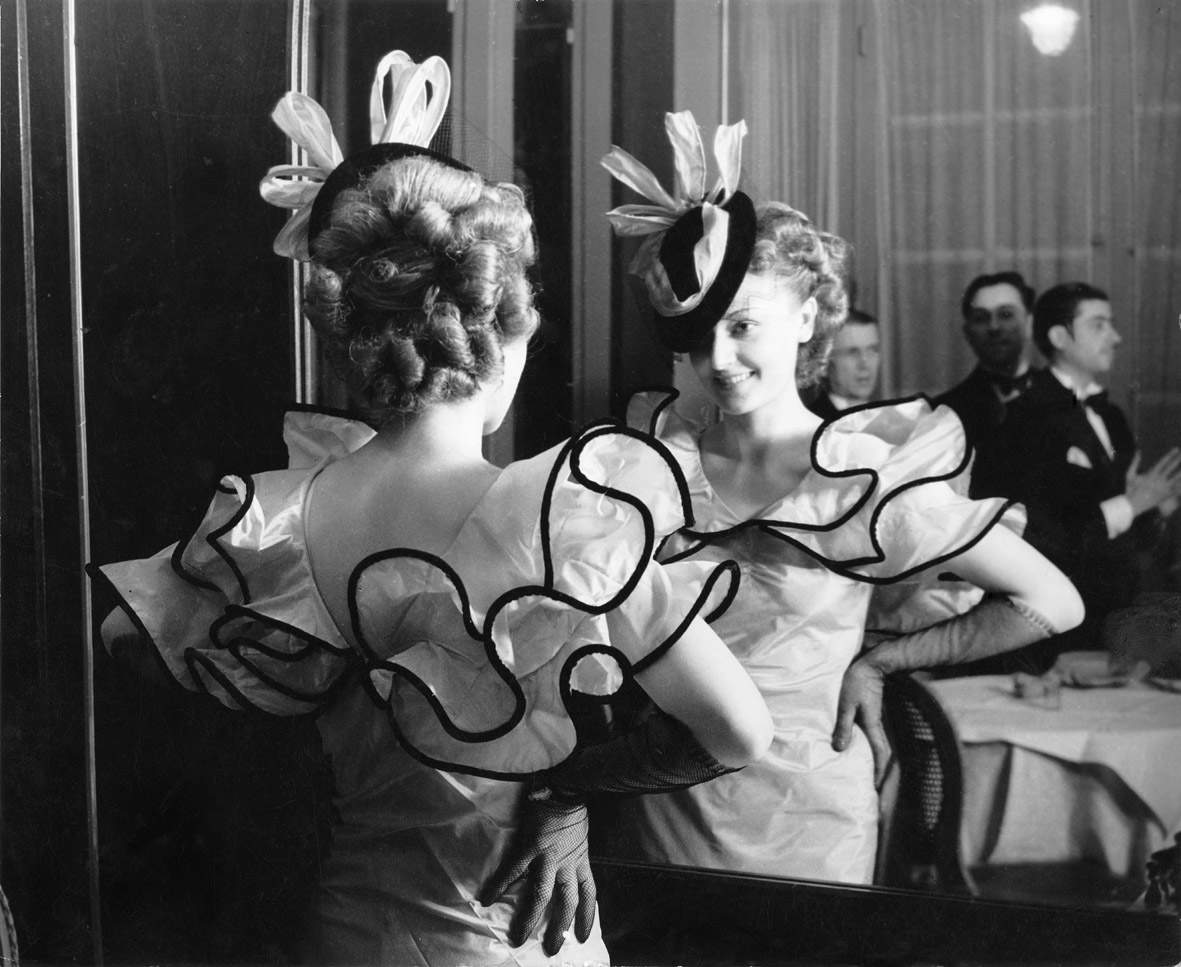Held from February 23 to June 2 at Palazzo Reale, Milan, the exhibition on Brassaï (Bra�?ov, 1899 - Belluogo, 1984) entitled Brassaï. The Eye of Paris, promoted by Milan City Council - Culture. It is produced by Palazzo Reale and Silvana Editoriale, produced in collaboration with Estate Brassaï Succession and curated by Philippe Ribeyrolles, scholar and grandson of the photographer. Gyula Halász, the artist’s real name, is Hungarian by birth but Parisian by adoption and is one of the leading figures in 20th-century photography, defined by his friend Henry Miller as the livingeye of photography. He joined the Surrealist movement and from 1924 became a participant in the great cultural ferment that swept Paris in those years, entering into close relations with artists such as Picasso, Dalí and Matisse. The exhibition brings together more than 200 works that offer an in-depth look at Brassaï’s work, focusing mainly on his celebrated images of Parisian life, with particular emphasis on the night scenes and people who animated the city. Brassaï is also one of the pioneers in capturing the essence of nocturnal Paris and its people, documenting not only workers and artists but also people on the margins of society. His photographs have become icons representing the soul of Paris in the collective imagination. However, Brassaï’s art goes beyond photographic documentation: his exploration of graffiti on Parisian walls reveals his deep connection with marginal art forms and Jean Dubuffet ’s art brut . In his walks, the photographer did not limit himself to depicting the landscape or architectural views, but also ventured into more intimate and confined interior spaces where society met and entertained itself. His volume Paris de Nuit, a seminal work in the history of French photography, dates from 1933. His photographs were also published in the Surrealist magazine Minotaure, of which Brassaï became a contributor and through which he met Surrealist writers and poets such as Breton, Éluard, Desnos, Benjamin Péret, and Man Ray.
In the course of his career his original work was noticed by Edward Steichen, who invited him to exhibit at MoMA New York in 1956: the exhibition Language of the Wall. Parisian Graffiti Photographed by Brassaï was a huge success. Brassaï established strong ties with America through a collaboration with Harper’s Bazaar magazine, whose revolutionary art direction was led by Aleksej Brodovič from 1934 to 1958. For Harper’s Bazaar, the photographer immortalized numerous protagonists of the French artistic and literary scene. The exhibition is accompanied by a catalog published by Silvana Editoriale and personally edited by Philippe Ribeyrolles, with an introduction written by Silvia Paoli.
“Exhibiting Brassaï today means,” says Philippe Ribeyrolles, curator of the exhibition, “revisiting this marvelous work in every sense, taking stock of the diversity of subjects tackled, mixing artistic and documentary approaches; it means immersing oneself in the atmosphere of Montparnasse, where numerous artists and writers met between the two wars, many of them from Eastern Europe, such as his compatriot André Kertész. The latter exerted considerable influence on the photographers around him, including Brassaï himself and Robert Doisneau.”
Exhibition hours: Tuesday through Sunday 10 a.m.-7:30 p.m., Thursday closing at 10:30 p.m. Closed Mondays. Tickets: Open € 17, Full € 15, Reduced € 13. For information palazzorealemilano.it exhibitionbrassaïimilano.it
Image: Brassaï, Soirée Haute Couture, 1935
 |
| The living eye of Paris: Brassaï's photographs on display at the Royal Palace |
Warning: the translation into English of the original Italian article was created using automatic tools. We undertake to review all articles, but we do not guarantee the total absence of inaccuracies in the translation due to the program. You can find the original by clicking on the ITA button. If you find any mistake,please contact us.